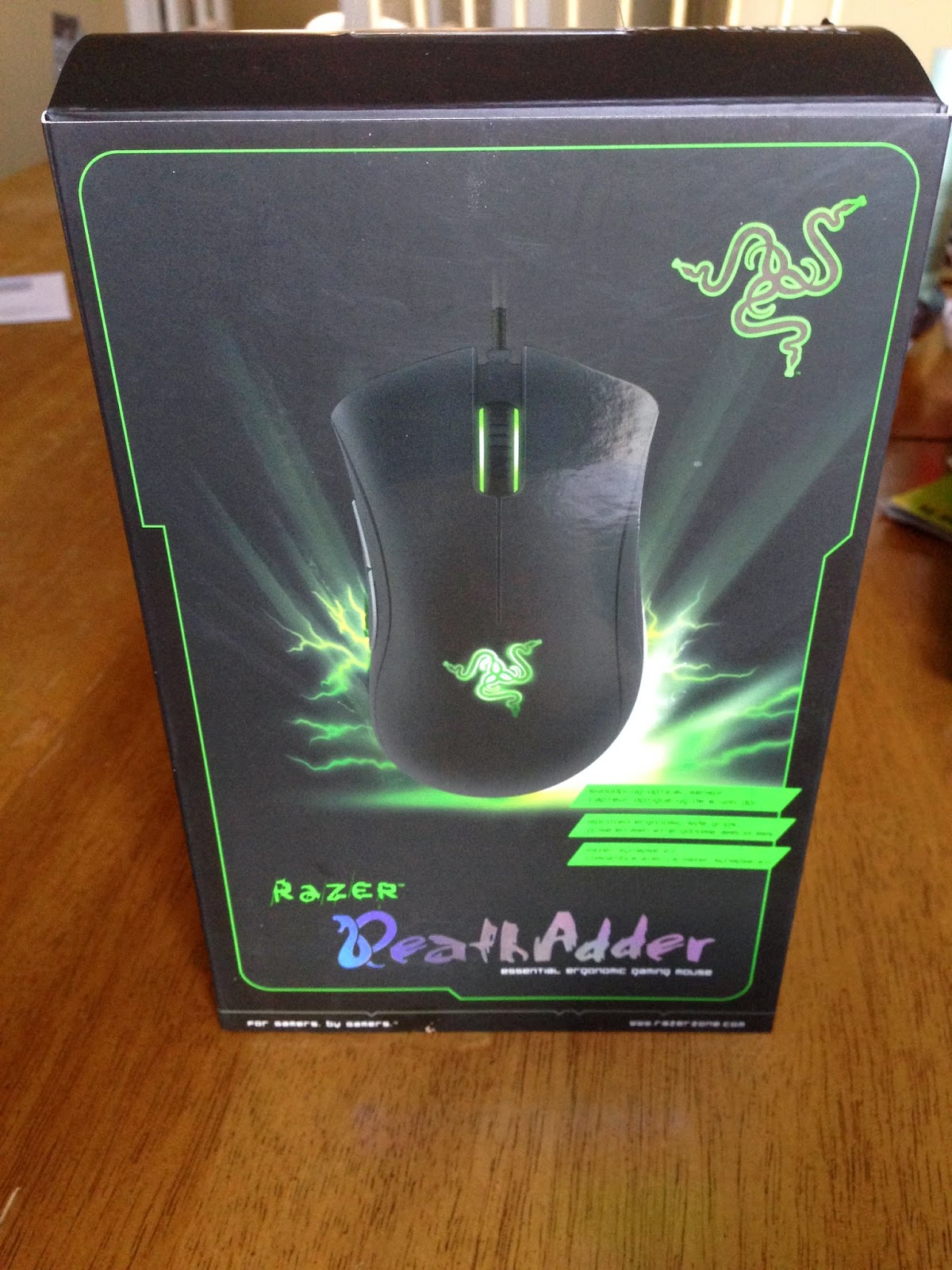Launching with Day 1 DLC
 |
| Images like this have created shockwaves in the community about Day 1 DLC. |
I've read many of the complaints and concerns regarding the industry and this new standard that seems to be more and more common in recent releases. What most of the opinions boil down to is that a "game" in its final state should include all of the current developed content for that main game, whatever the core concept of the game may be. Skins, characters, and the like that are released as special content for further pricing shouldn't be released as separate content on day 1 of a major release. This concept is consistent with the past development of games and the business practices that have helped establish a new culture of gaming and expression through a new type of media.
The problem with comparing the past business model and the present business model is the internet. The internet changes everything. In the business market it changed the world overnight. Stocks were immediately accessible, logistics were faster and lighter, and communication became nearly instantaneous. As soon as that Ethernet cable or Wi-Fi hits your gaming device it changes the way business is done with the consumer as well. With the internet, business transactions are more convenient for the consumer but they are also more convenient for the business.
The reason that the gaming market has exploded in recent years is because of this ease of access and instant transmission of data. We can buy games right at our fingertips with barely a thought. With the game market expanding and markets like Steam and Live opening up to indie developers our wallets go further. We can spend $20 without blinking an eye because all it takes is just a few keystrokes and we have hours of entertainment to enjoy.
 |
| This DLC for Arkham City was Day 1 and later released with the GOTY edition. |
It's confusing and enraging and you may dislike it as a model from the consumer side. I know I do and I know I won't be purchasing either game. Statistics show though that companies like Activision that have monetized add-ons to the Call of Duty franchise make lots of money though. As much outcry as there is against the practice, it is not punished by a lack of profits. Gross sales for these games are through the roof compared to games that are "complete" on release.
As a culture developed by "complete games" we have a strong influence on the direction that gaming companies move up to a point. Gamers eventually become game-developers and eventually CEO's of mega-corporations like EA and Activision. No matter how loud we are though as a culture, money speaks louder. These are companies that operate off of profits and morality always takes a back seat when it comes to entertainment.
So how do we stop this from happening? Well as consumers the logical answer is to say "don't buy the game". So we don't, but everyone else does and many of them pay for the added skins as well over time. I won't say that I'm not guilty of it. The day 1 DLC is rewarded and carries on as a good business practice. Positive reinforcement at its finest.
If we can't boycott the practice, because it takes a unified movement (which I believe gamers are incapable of) then it won't happen. Lets look at another movement that failed. The peripheral devices movement. You remember the PlayStation eye or the Move controller? The original peripheral device games for the Wii that required additional equipment to play? That might have been just as popular, it's essentially charging more for wiring a piece of plastic up and then putting it in the same case. This doesn't require rocket scientists and can be done at a very low price point, but developers would raise the prices because of this added electronic peripheral. Why did it fail? It was inconvenient. It required additional familiarization with little reward. It was more work and often didn't amount to a better experience.
This model (and the success of Steam) however helped developers and publishers realize that convenience was the key to tapping straight into the wallets of consumers. Thus day 1 DLC is born and added special content becomes more and more common. Who is to blame? No one really. This is the natural evolution of the marketplace that has been affected by advances in technology.
Back to my original question, how do we change it? Right now, it's too profitable an option for Triple A game developers to pass up. We can't stop them from doing it but just like fads it can fall out of style. I predict that in the next 10 years this fad will pass and DLC will still exist but at a much smaller price point per item. Developers will release DLC at adequate intervals and not on the first day of launch, but it will take a while for it to fall out of favor. I would say that games that don't take this course of action will compete harder in the market, but the market is flooded right now. When there are more options it is harder to compete with more powerful players like Triple A companies. This is just a storm we will have to weather for now.
So buckle down, and start working on that backlog of games. Its going to be a rough (10 year) season for games. My knees are hurting already.
(If you have a different opinion or want to suggest a game to play and review, let me know @SimonGolden on twitter!)




